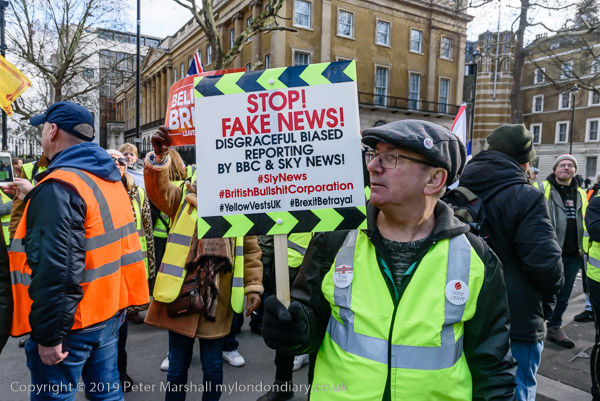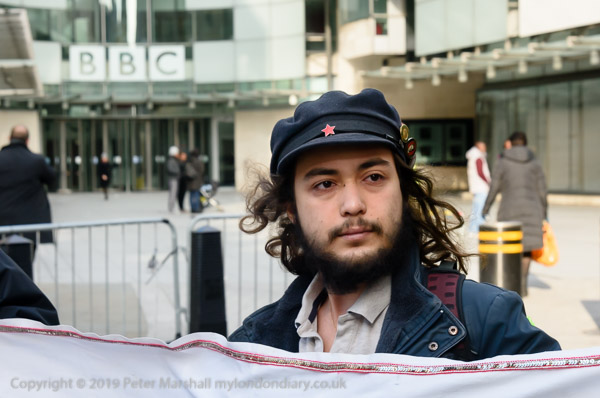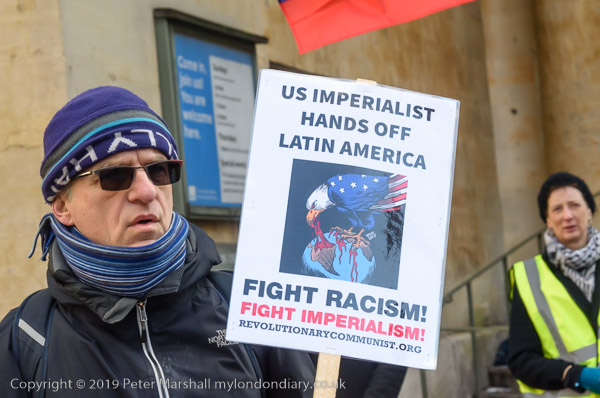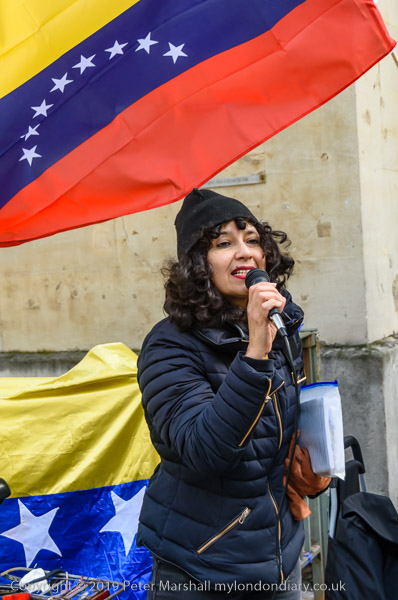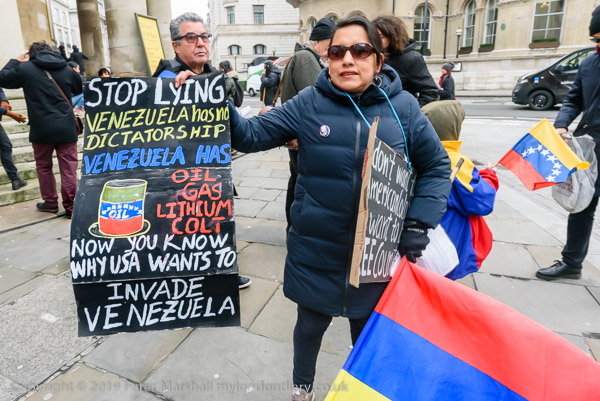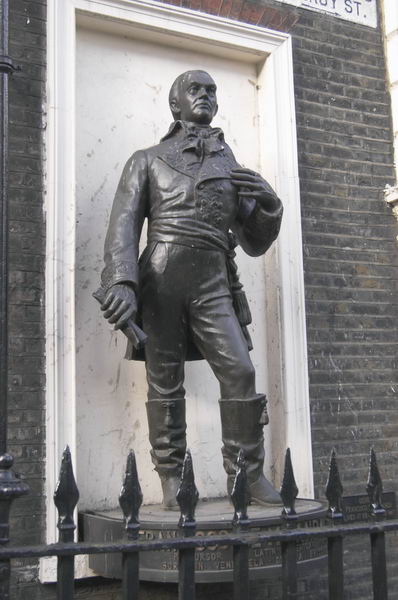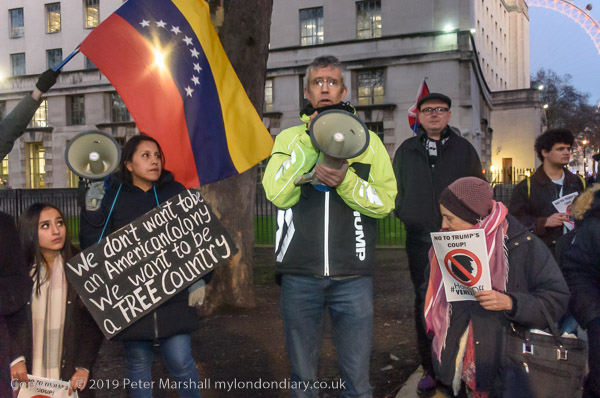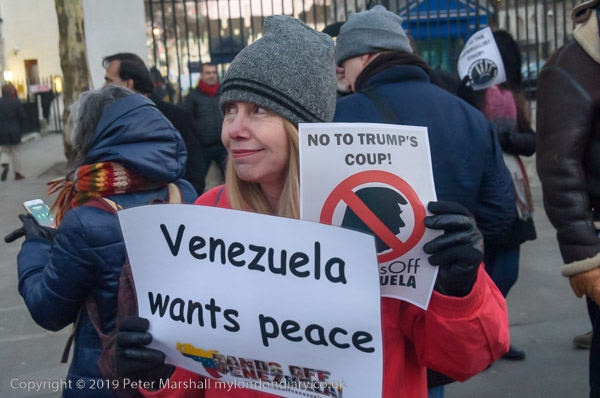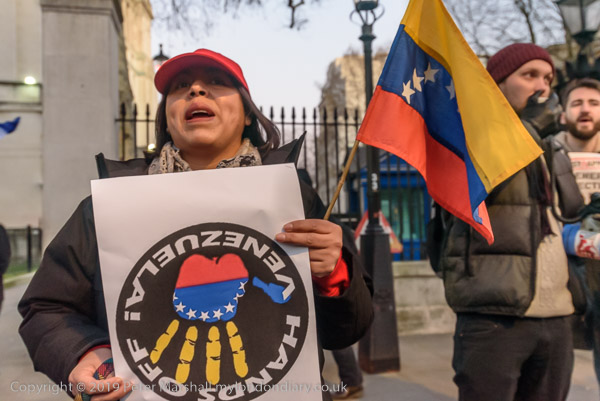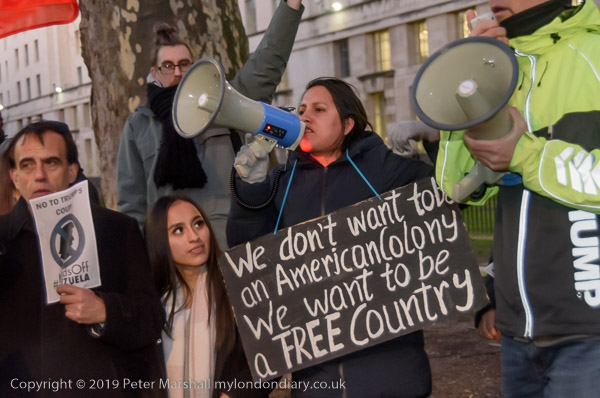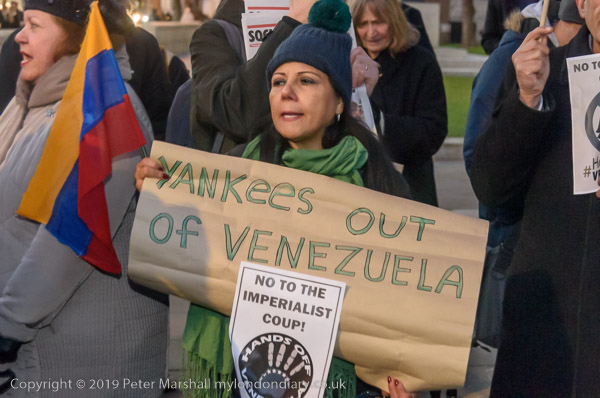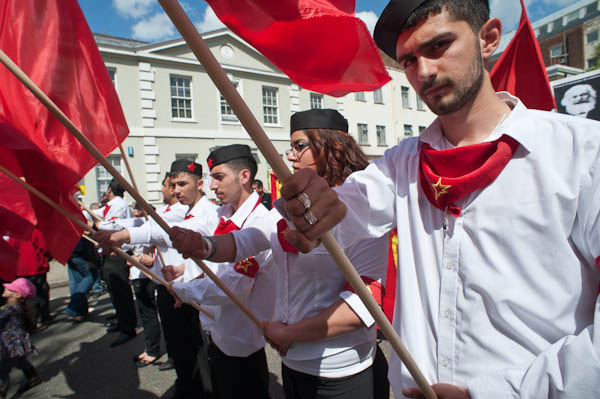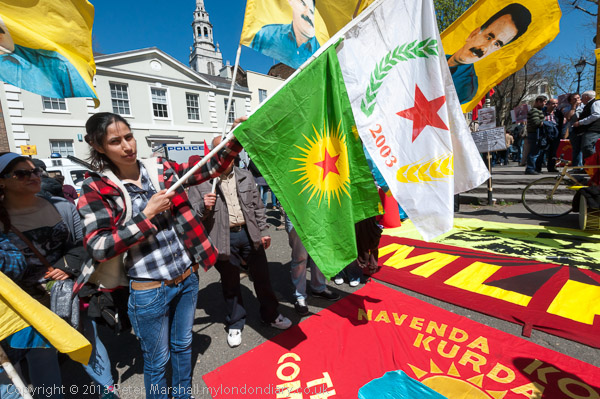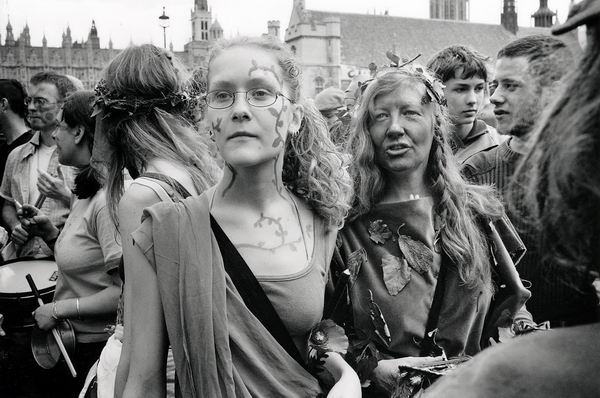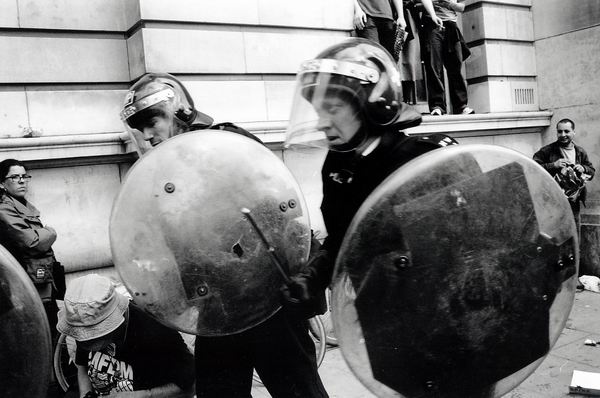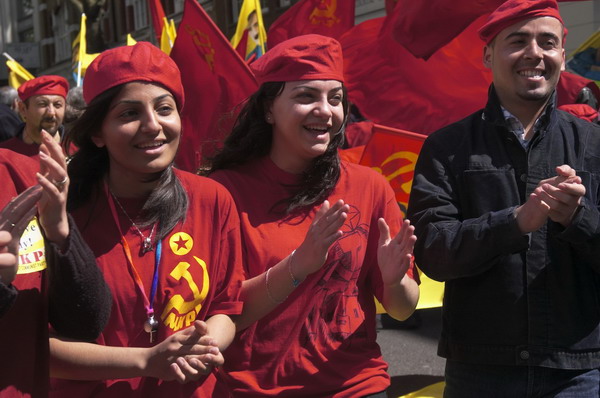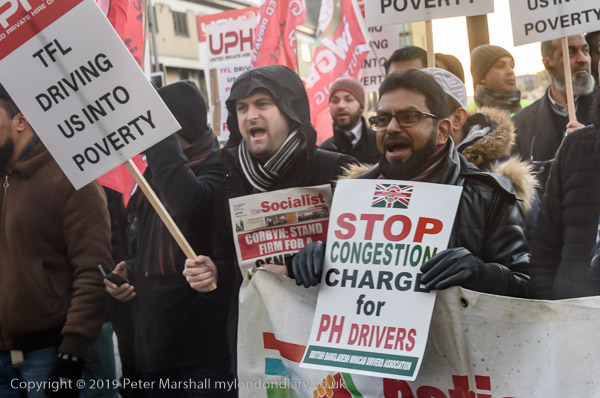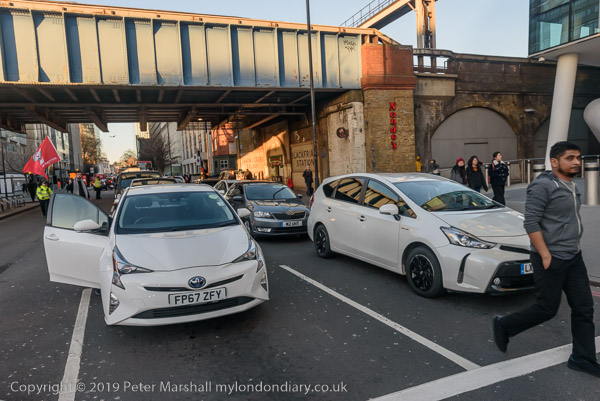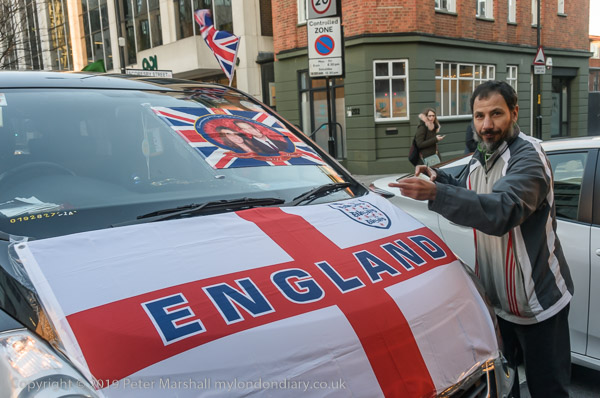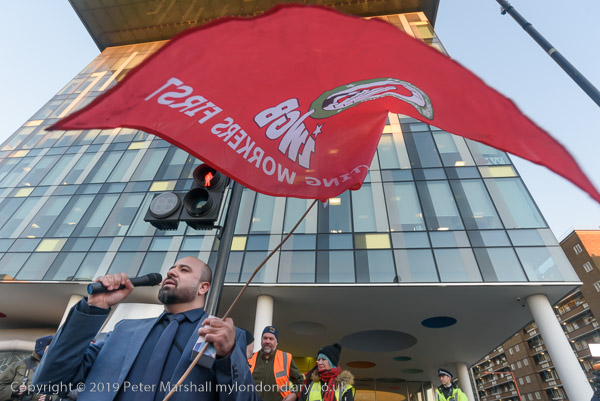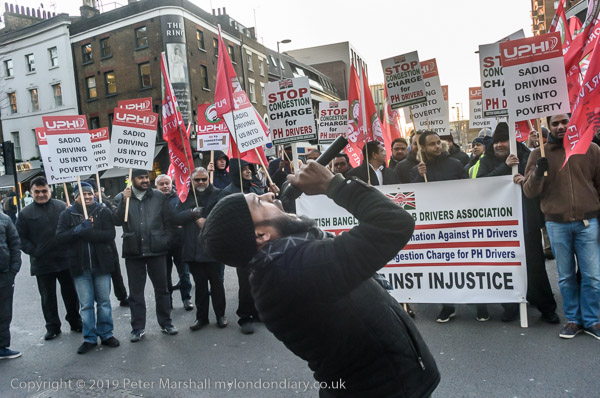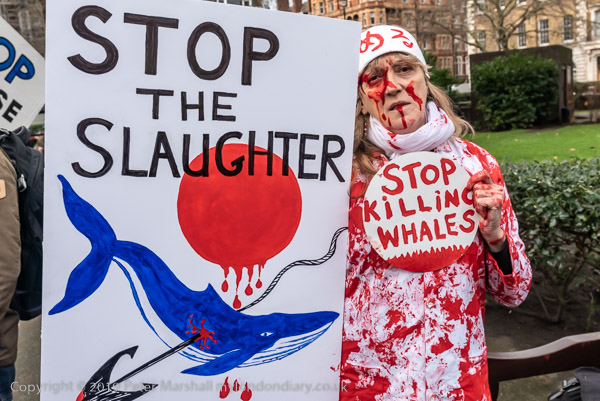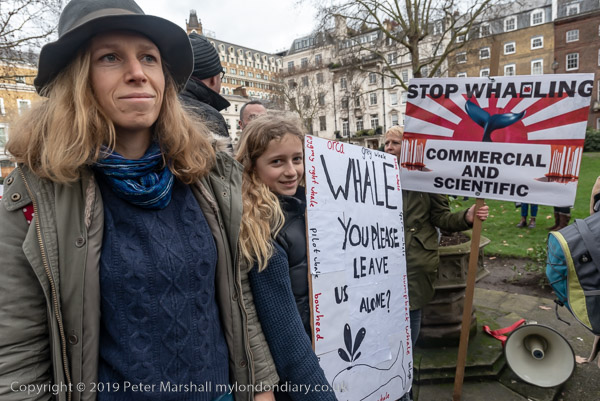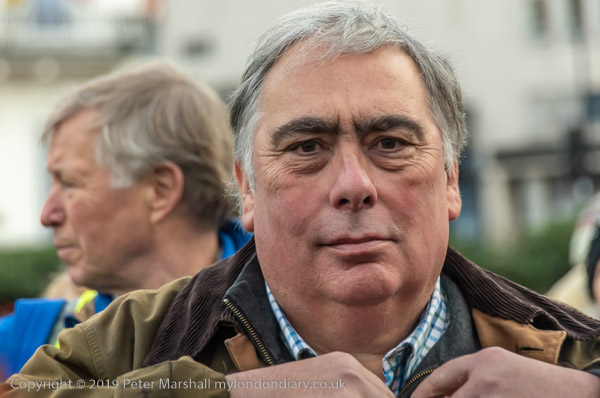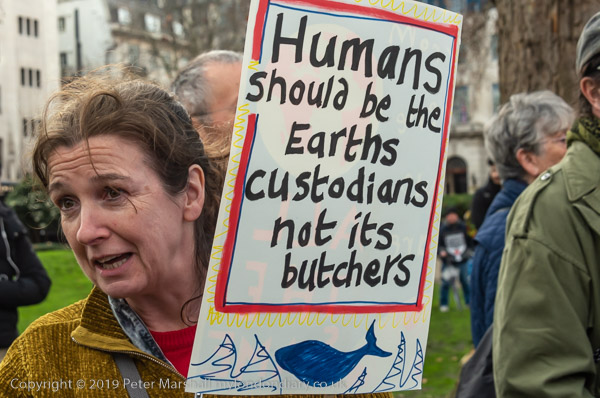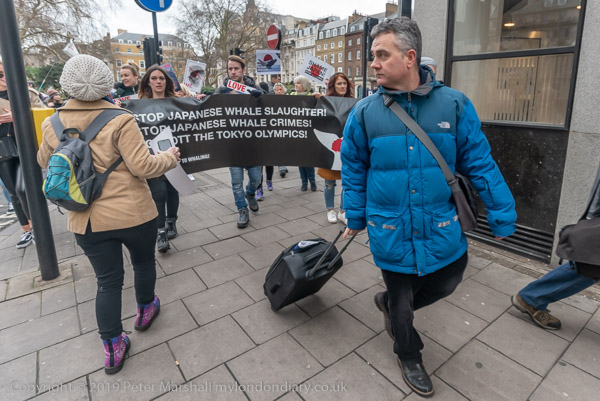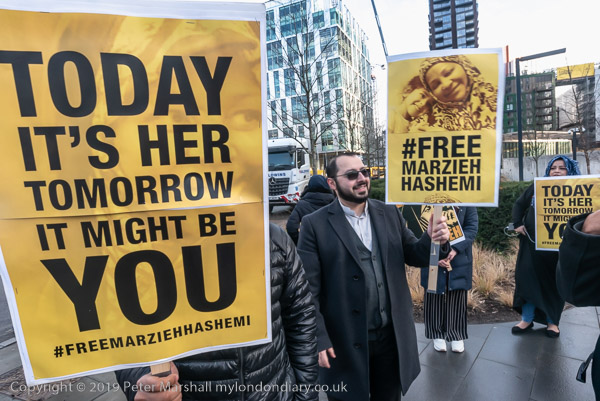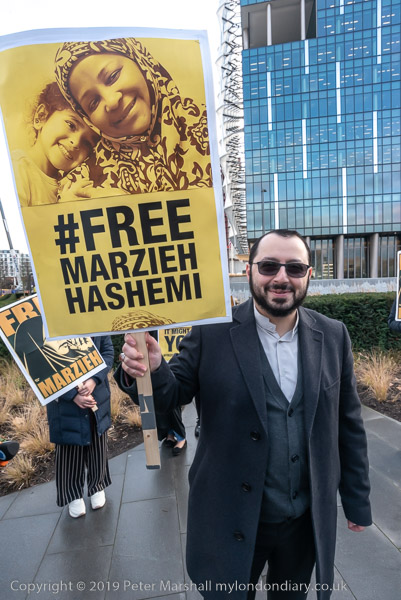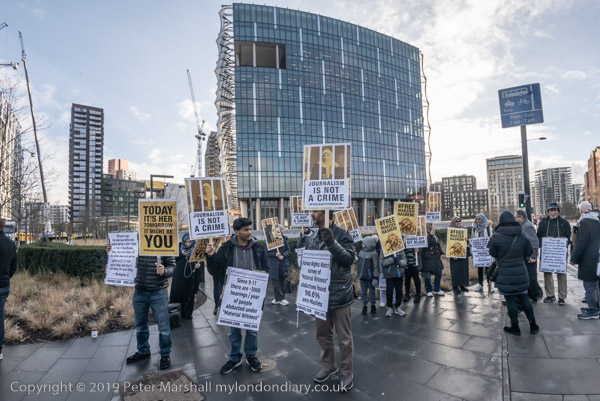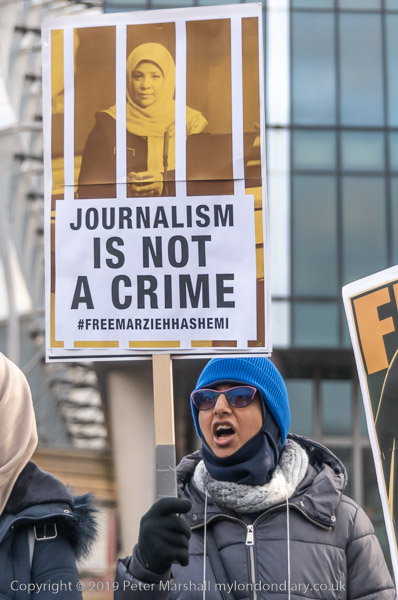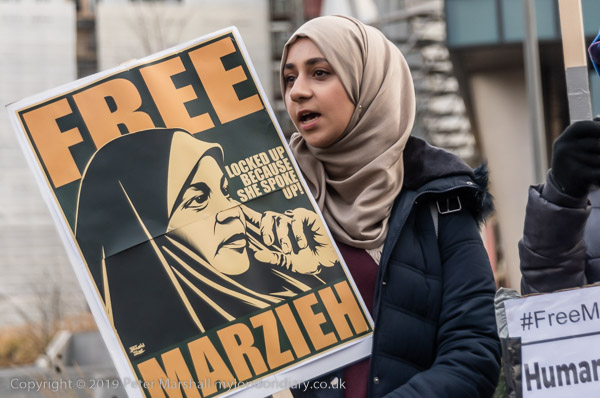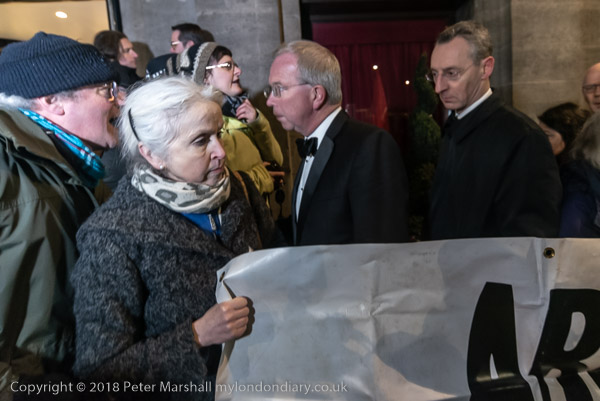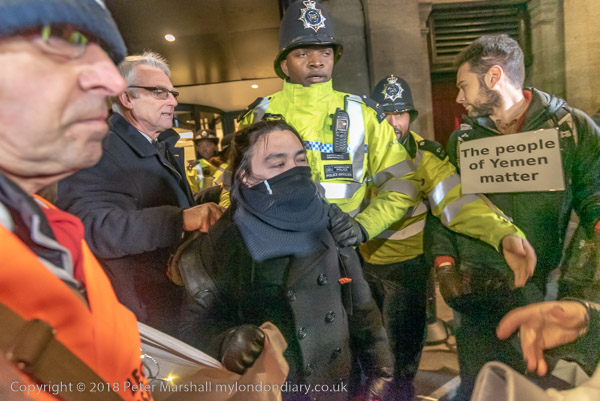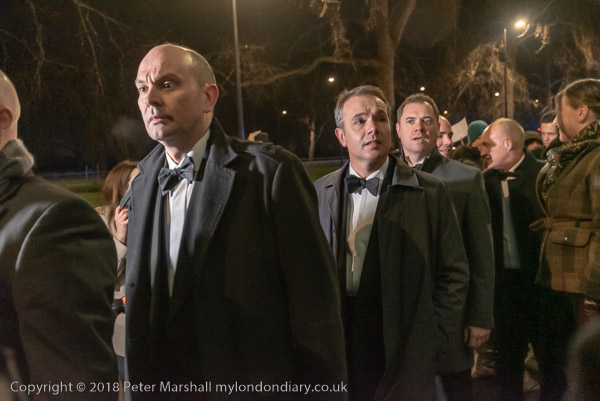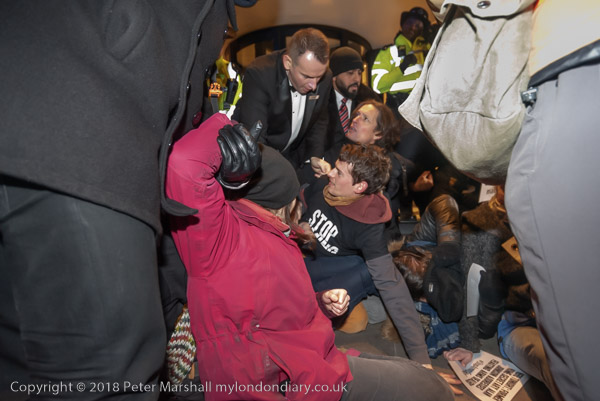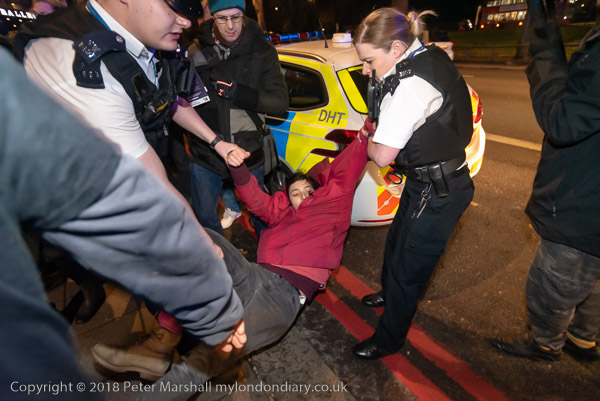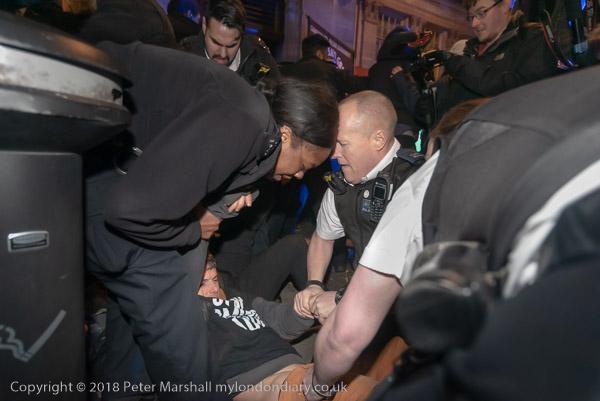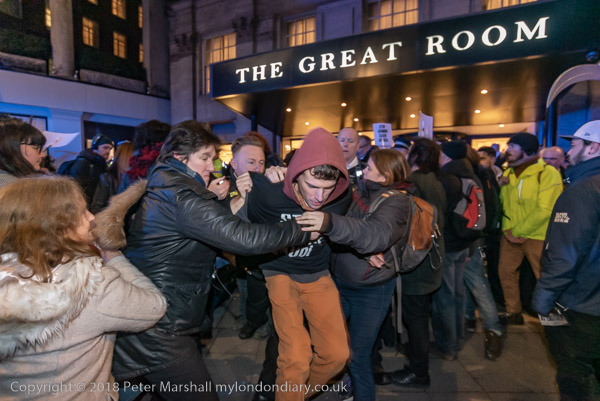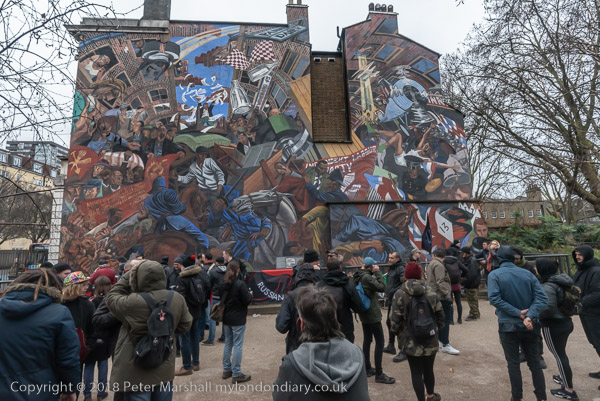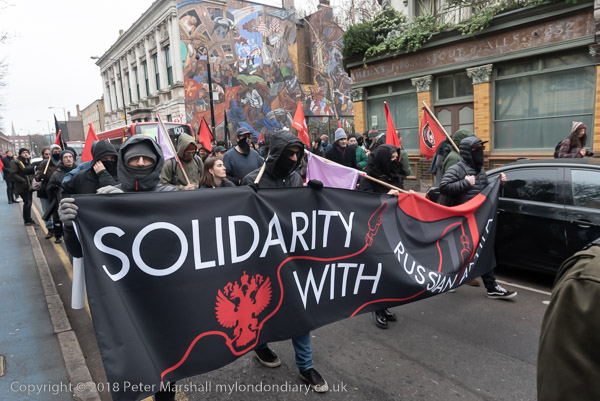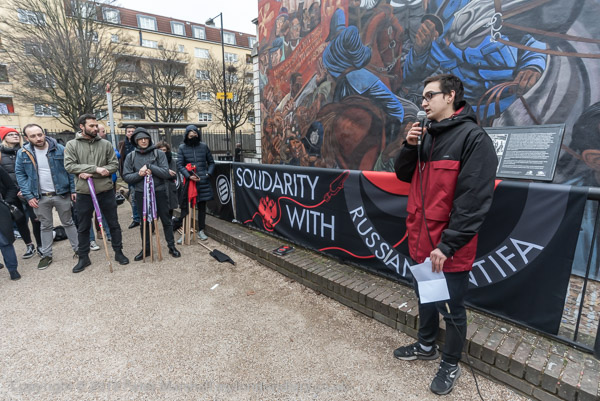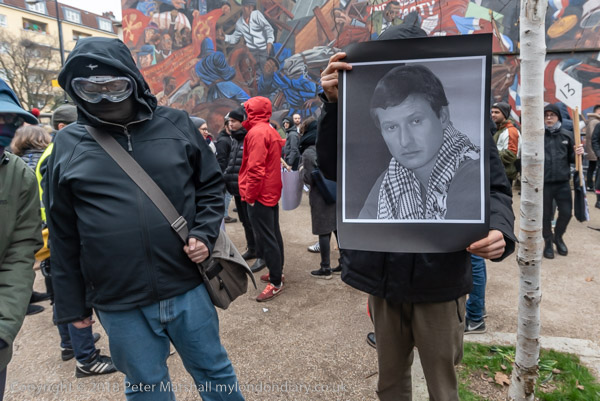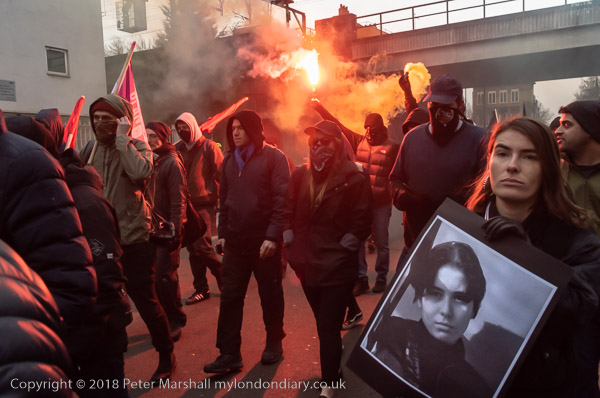Tamils have little to celebrate on Sri Lankan Independence Day following their catastrophic defeat in the civil war, brought to an end after 26 years of fighting with the defeat of the Tamil Tigers in 2009.
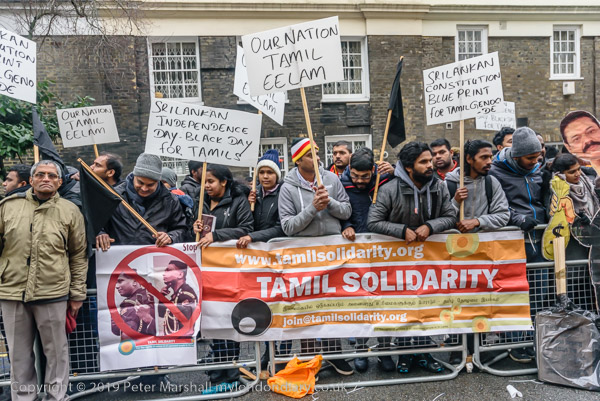
As a placard states, this is a ‘Black Day for Tamils’. Sri Lanka got its independence from British rule as Ceylon on 4th February 1948, with a government including prominent Tamil leaders. But in 1956 S W R D Bandaranaike became prime minister declaring himself “defender of the besieged Sinhalese culture” and made Sinhalese the only official language of the government greatly heightening the tension between the Sinhalese and Tamil communities, whose language and culture was under threat. When Bandaranaike tried to soften his approach to avoid the conflict, he was assassinated by an extremist Buddhist monk in 1959.
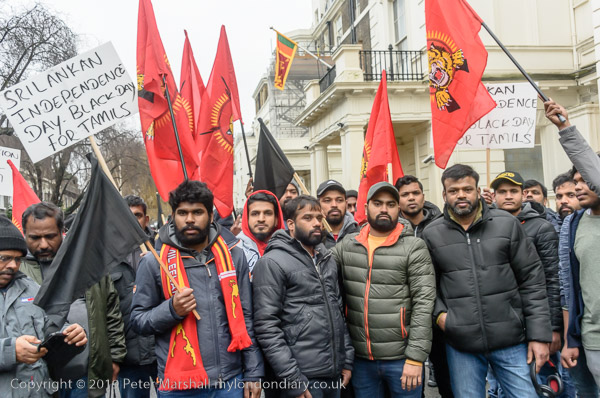
Increasing conflict between the two ethnic groups led to the formation of the Liberation Tigers of Tamil Eelam in 1976, calling for an independent Tamil state, Tamil Eelam, in the north and east of Sri Lanka. Intermittent clashes developed into a full-scale civil war in 1983. The LTTE as well as conventional fighting also carried out suicide bombings and assassinations and was designated as a terrorist group by many countries, including the UK, where it remains a proscribed organisation.
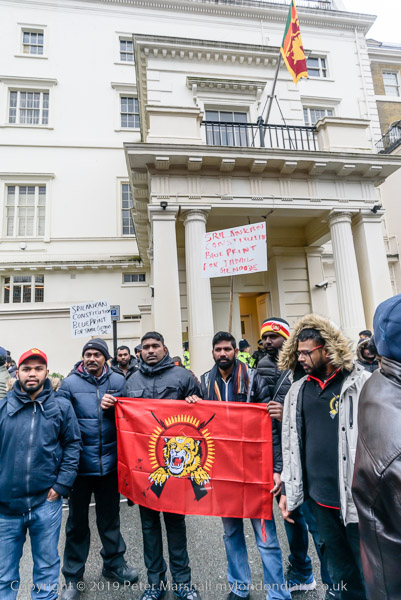
Since the end of the war efforts at peace and reconciliation appear to have been rather half-hearted, and attempts to bring war criminals to justice have been prevented by the Sri-Lankan government.
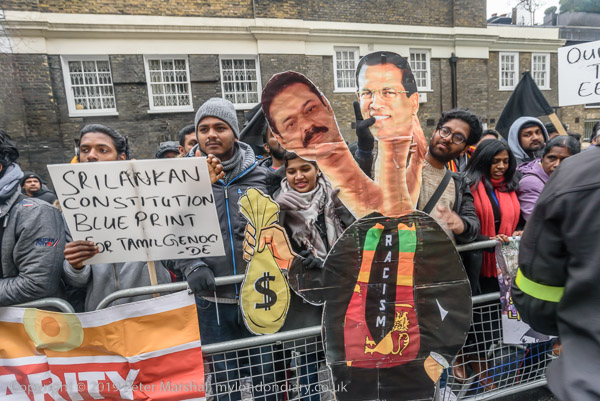
The LTTE adopted a flag showing a tiger jumping through a circle of bullets, with crossed black bayonets on a red background, with their name on it, and in 1990 a version of this without the English and Tamil text was adopted as the national flag of Tamil Eelam. Though banned in Sri Lanka it is widely used by Tamils at protests abroad, and though some feel its association with the LTTE makes it illegal in the UK, the police seem to be decided against attempting to take action which would probably fail in the courts.
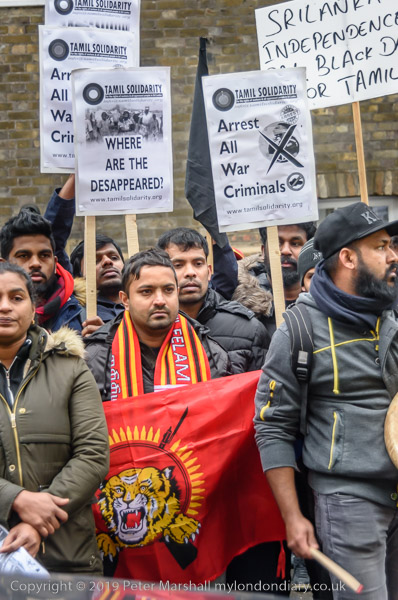
It was a dull and damp morning in London, and I only stayed around an hour at the protest outside the Embassy in a Bayswater backstreet before leaving for another event in South London.
There are no adverts on this site and it receives no sponsorship, and I like to keep it that way. But it does take a considerable amount of my time and thought, and if you enjoy reading it, a small donation – perhaps the cost of a beer – would be appreciated.
My London Diary : London Photos : Hull : River Lea/Lee Valley : London’s Industrial Heritage
All photographs on this and my other sites, unless otherwise stated, are taken by and copyright of Peter Marshall, and are available for reproduction or can be bought as prints.
To order prints or reproduce images

